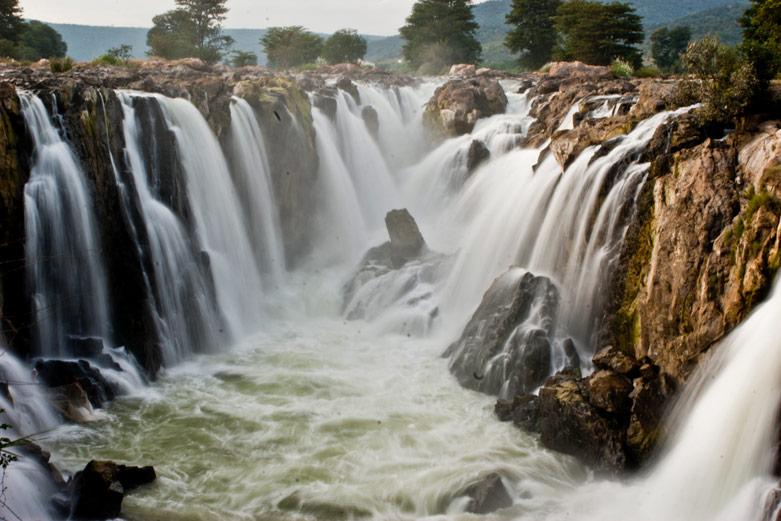
- Quick contact : 9447749270
-
 Hogenakkal
Hogenakkal -
 Mudumalai Wildlife Sanctuary Habitat for a varied range of wildlife
Mudumalai Wildlife Sanctuary Habitat for a varied range of wildlife -
 Velankanni Coromandel Coast of the Bay of Bengal
Velankanni Coromandel Coast of the Bay of Bengal -
 Thanjavur Big Temple in Tamilnadu
Thanjavur Big Temple in Tamilnadu -
 Kanchipuram The city of Kanchipuram is located on the shores of the Vegavathy River.
Kanchipuram The city of Kanchipuram is located on the shores of the Vegavathy River. -
 Kodaikanal Most famous Hill station in South India
Kodaikanal Most famous Hill station in South India -
 Madurai The 3rd largest city in Tamil Nadu
Madurai The 3rd largest city in Tamil Nadu -
 Kanyakumari Beach destination as well as religious spot
Kanyakumari Beach destination as well as religious spot -
 Mahabalipuram Famous for its ancient and cultural heritage.
Mahabalipuram Famous for its ancient and cultural heritage. -
 Chennai Formerly known by the name Madras,
Chennai Formerly known by the name Madras,

Hogenakkal
Hogenakkal Falls or Hogenakal Falls is a waterfall in South India on the river Kaveri. It is located in the Dharmapuri district of the southern Indian state of Tamil Nadu about 180 km (110 mi) from Bangalore and 46 km (29 mi) from Dharmapuri town. It is sometimes referred to as the "Niagara of India". With its fame for medicinal baths and hide boat rides, it is a major tourist attraction. Carbonatite rocks in this site are considered to be the oldest of its kind in South Asia and one of the oldest in the world. This is also the site of a proposed project to generate drinking water.

Mudumalai Wildlife Sanctuary
Mudumalai Wildlife Sanctuary & National Park is situated at the tri-junction of Tamil Nadu, Kerala and Karnataka on the North Eastern Slopes of the Nilgiris part of Western Ghats descending to the Mysore Plateau. An erstwhile game reserve, Mudumalai was declared a wildlife sanctuary with a 62 sq KM area in the early 1940 by the then Madras Presidency. With Bandipur Tiger Reserve (Karnataka) in the north, and Wayanad Wildlife Sanctuary (Kerala) in the west the region forms a single, continuous viable habitat for a varied range of wildlife and is a part of the Nilgiri Biosphere Reserve. While Mudumalai’s western half receives the southwest monsoon, the eastern tracts receive the relatively gentler north-east monsoon which results in a diversity of vegetation types and typical migration of herbivores.

Velankanni
Velankanni, is a panchayat town in Nagapattinam district in the Indian state of Tamil Nadu. It lies on the Coromandel Coast of the Bay of Bengal, 350 km south of Chennai and 12 km south of Nagapattinam.

Thanjavur

Kanchipuram

Kodaikanal

Madurai

Kanyakumari

Mahabalipuram

Chennai
 Need Quick Assistance ?
Need Quick Assistance ?  +91 9447749270
+91 9447749270  booking@merrygoldholidays.com
booking@merrygoldholidays.com